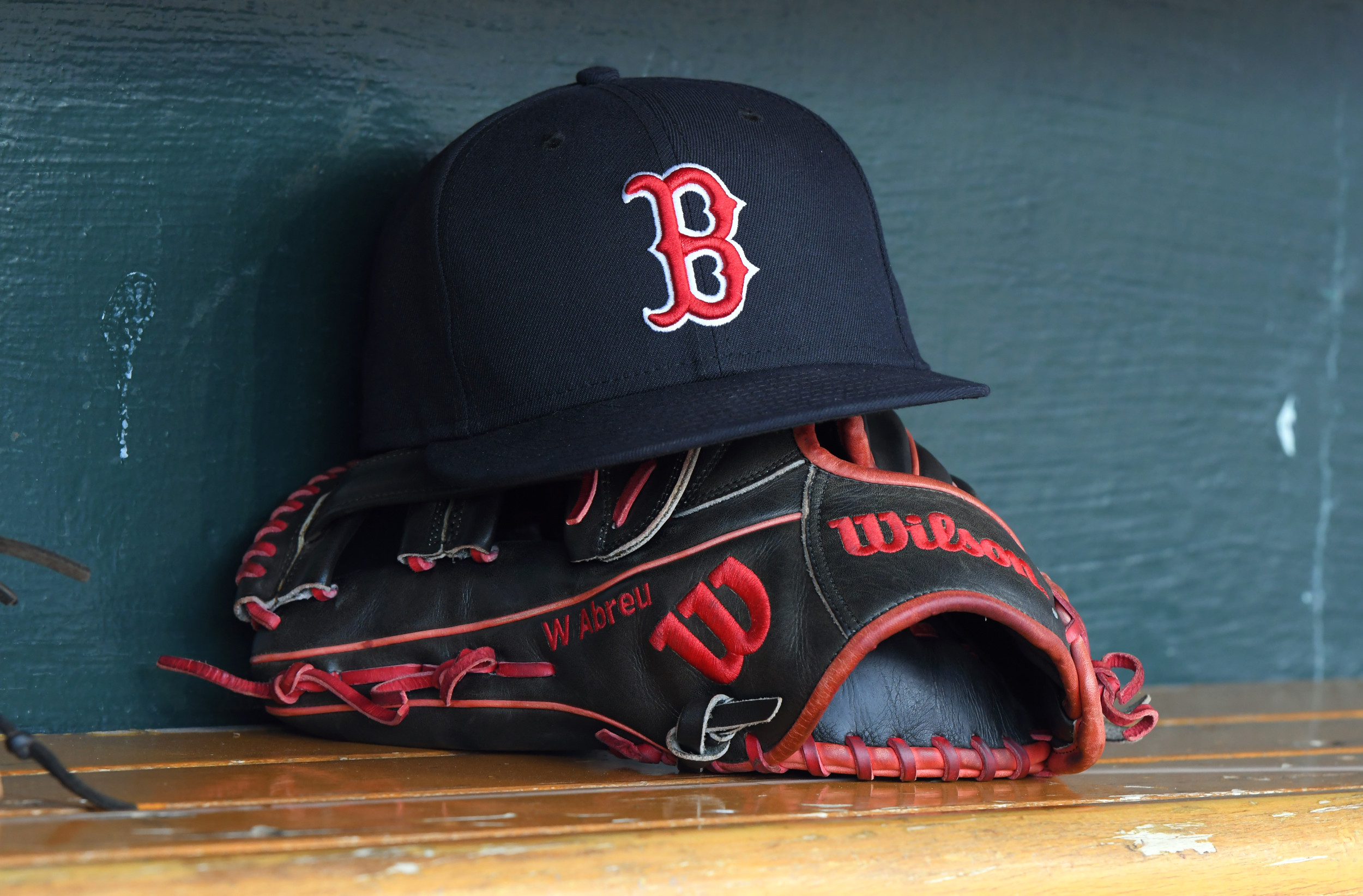A report on the grocery habits of Americans has found that more than three-quarters of consumers have noticed shrinkflation in stores this fall.
Shrinkflation refers to when a food product gets smaller but stays the same price, effectively meaning it becomes more expensive to buy the same amount of food.
Researchers at the Center for Food Demand Analysis and Sustainability (CFDAS), at Purdue University, Indiana, conducted a survey of 1,200 consumers across the U.S.
Their report based on the results—called the October 2024 Consumer Food Insights Report and published last week—found that most surveyed consumers have noticed shrinkflation.
"A variety of factors may influence a producer's decision to downsize a product's size, such as rising costs in the supply chain and inflationary pressures," said Professor Joseph Balagtas, director of CFDAS and lead author of the report, in a statement.
"The goal is to better understand how consumers perceive these reductions and if they have noticed them happening at all."
The report found that 82 percent of consumers believe shrinkflation to be a common practice used by food companies, and 76 percent believe it is the result of companies trying to increase their profits, even when costs are not rising.
"It is interesting yet not entirely surprising to see this sentiment as articles about grocery prices, accusations of corporate greed and shrinkflation continue to circulate in popular news media," said Balagtas.
"Our research on food values shows that price and affordability are among the top concerns for food shoppers, and one way for food manufacturers to reduce the price is to reduce the size of the product. But reducing product size could cause consumer resentment."

Of those consumers who said they had noticed shrinkflation in the last month, 78 percent said they had noticed it in snack foods, 53 percent in packaged desserts and sweets and 48 percent in frozen foods.
Yet, while 82 percent of consumers said they always or often checked the price of food items before buying, fewer—51 percent—said they checked the unit price, and even fewer—44 percent—said they checked the weight of their groceries.
"The unit price and weight in particular are key indicators of shrinkflation," said Balagtas. "Without checking weight or unit price, consumers may not notice reductions in the quantity or value of their typical grocery products."
Those with children said they had noticed shrinkflation in a wider variety of products, than those without children. They were also more likely to experience food insecurity than childless adults, the study found.
Food insecurity was unchanged from the previous month's report, at 13 percent—and 17 percent among those with children—but the average weekly food spend rose to $192 per week.
This weekly cost is 5.9 percent higher than the same time last year and 11.2 percent higher than two years ago, said the report—yet 69 percent of consumers still classed themselves as "thriving" in terms of their dietary wellbeing.
Do you have a tip on a food story that Newsweek should be covering? Is there a nutrition concern that's worrying you? Let us know via science@newsweek.com. We can ask experts for advice, and your story could be featured in Newsweek.




















 English (US) ·
English (US) ·